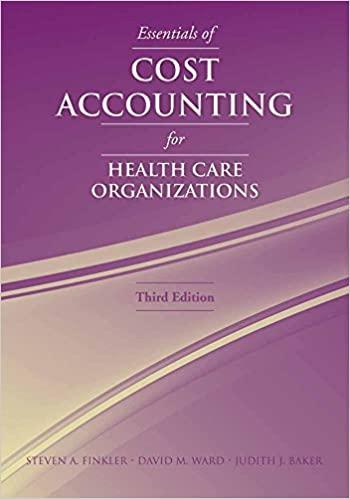Ms. Atkinson is an unmarried taxpayer with one dependent child living in her home. Her AGI is $39,600, and she does not itemize deductions. The 18-year-old child earned $17,600 from a part-time job and incurred no deductible expenses. Assume the taxable year is 2021. Use Individual Tax Rate Schedules and Standard Deduction Table. Required: a. Compute Ms. Atkinson's income tax (before credits). b. Compute her child's income tax. Complete this question by entering your answers in the tabs below. Required A Required B Compute Ms. Atkinson's income tax (before credits). Income tax Individual Tax Rate Schedules Married Filing Jointly and Surviving Spouse If taxable income is Not over $19.900 Over $19.900 but not over $81,050 Over $81.050 but not over $172,750 Over S172,750 but not over $329,850 Over $329,850 but not over S418,850 Over $418,850 but not over $628,300 Over $628,300 The tax is 10% of taxable income S1.990.00+ 12% of excess over $19.900 59,328.00 +22% of excess over $81,050 $29.502.00 +24% of excess over $172,750 $67,206.00+ 32% of excess over $329,850 $95,686,00+ 35% of excess over $418,850 $168.993.50 +37% of excess over $628,300 Married Filing Separately If taxable income is Not over $9.950 Over $9.950 but not over $40,525 Over $40,525 but not over $86,375 Over $86,375 but not over $164.925 Over $164.925 but not over $209,425 Over $209,425 but not over $314,150 Over $314,150 The tax is 10% of taxable income $995.00+ 12% of excess over $9.950 $4,664,00+22% of excess over $40.525 $14,751.00 +24% of excess over $86,375 $33,603.00 +32of excess over $164.925 S47,843.00 + 35% of excess over $209,425 $84,496.75 +37% of excess over $314.150 Head of Household If taxable income is Not over $14.200 Over $14,200 but not over $54,200 Over $54,200 but not over $86,350 Over $86,350 but not over $164.900 Over $164.900 but not over $209,400 Over $209,400 but not over S523,600 Over S523,600 The tax is 10% of taxable income $1,420.00+12% of excess over $14,200 S6,220.00 +22% of excess over $54,200 $13,293.00 +24% of excess over $86,350 $32,145.00 + 32% of excess over $164.900 $46,385.00+ 35% of excess over $209,400 $156,355.00+ 37% of excess over $523,600 Single If taxable income is Not over $9.950 Over $9.950 but not over $40,525 Over $40,525 but not over $86,375 Over $86,375 but not over $164.925 Over $164.925 but not over $209,450 Over $209,450 but not over S523,600 Over S523,600 The tax is 10% of taxable income $995.00 +12% of excess over $9.950 $4,664,00 + 22% of excess over $40.525 $14.751.00 +24% of excess over $86,375 $33,603.00 - 32% of excess over $164.925 $47.843.00 +35% of excess over $209,425 S157,804.25 +37% of excess over $523,600 Married filing jointly and surviving spouses Married filing separately Head of household Single $25,100 12,550 18,800 12,550









